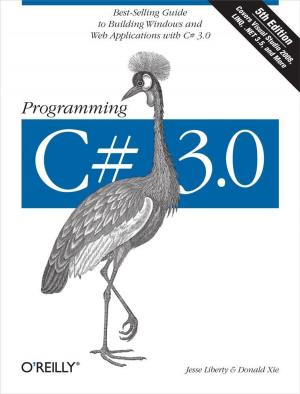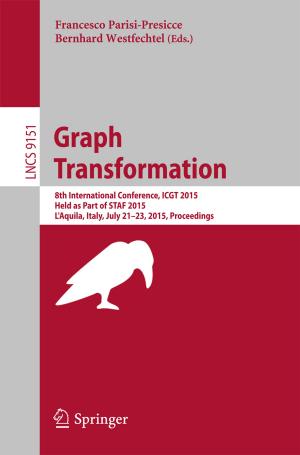| Author: | Bhart Bhushan Agarwal | ISBN: | 9781618201522 |
| Publisher: | Laxmi Publisher | Publication: | October 11, 2009 |
| Imprint: | Laxmi Publisher | Language: | English |
| Author: | Bhart Bhushan Agarwal |
| ISBN: | 9781618201522 |
| Publisher: | Laxmi Publisher |
| Publication: | October 11, 2009 |
| Imprint: | Laxmi Publisher |
| Language: | English |
This book has been designed to strengthen the software management skills of engineering students and software professionals. It provides a clear and exhaustive discussion of software engineering techniques that are complement and unique for most software development methodologies. The book further discusses the economies, matrices, and management strategies with proven case studies so as to explain how to plan and execute a software project successfully. The author discusses all the facets of software engineering with relevant examples to enable the readers make tactical decisions and strategic choices that will in turn enhance the organizations probability of success. The book includes the details of software development life cycle models, software requirement specification, software reliability and quality assurance, system design, software measurement, matrices, testing, and maintenance, project management, and computer aided software engineering.The book is useful for engineering undergraduates and postgraduates studying software engineering as a stand-alone unit or as part of a broader course. The book will also be of interest to professionals and industry specialist who are working on new and revised software engineering standards.
This book has been designed to strengthen the software management skills of engineering students and software professionals. It provides a clear and exhaustive discussion of software engineering techniques that are complement and unique for most software development methodologies. The book further discusses the economies, matrices, and management strategies with proven case studies so as to explain how to plan and execute a software project successfully. The author discusses all the facets of software engineering with relevant examples to enable the readers make tactical decisions and strategic choices that will in turn enhance the organizations probability of success. The book includes the details of software development life cycle models, software requirement specification, software reliability and quality assurance, system design, software measurement, matrices, testing, and maintenance, project management, and computer aided software engineering.The book is useful for engineering undergraduates and postgraduates studying software engineering as a stand-alone unit or as part of a broader course. The book will also be of interest to professionals and industry specialist who are working on new and revised software engineering standards.















